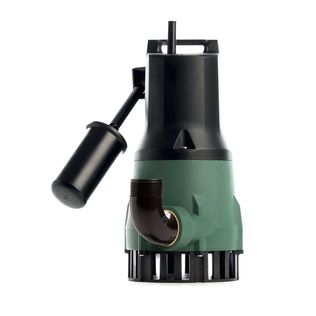

DAB FEKA 600 M-A
0 reviews
DAB FEKA 600 M-A
0 reviews
- Max. pump capacity: 15,000 l/h
- Max. delivery head: 9 m
- Solid particles: 25 mm
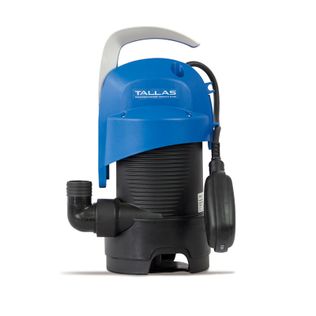

Tallas D-DW 400
22 reviews
Tallas D-DW 400
22 reviews
- Max. pump capacity: 8,400 litres per hour
- Max. delivery head: 7 metres
- Solid particles: 30 mm
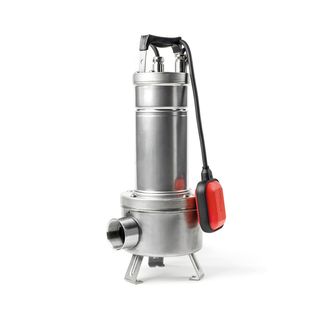

DAB FEKA VS 550 M-A
0 reviews
DAB FEKA VS 550 M-A
0 reviews
- Max. pump capacity: 20,000 l/h
- Max. delivery head: 7,4 m
- Solid particles: 50 mm
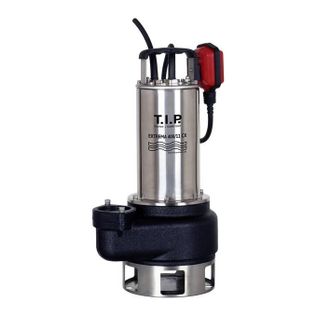

T.I.P. Extrema 400/11 CX
2 reviews
T.I.P. Extrema 400/11 CX
2 reviews
- Max. pump capacity: 24,000 l/h
- Max. delivery head: 11 m
- Solid particles: 40 mm
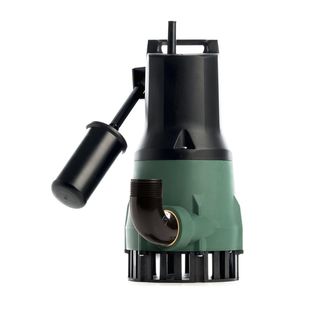

DAB FEKA 300 M-A
0 reviews
DAB FEKA 300 M-A
0 reviews
- Max. pump capacity: 12,000 l/h
- Max. delivery head: 6,5 m
- Solid particles: 25 mm
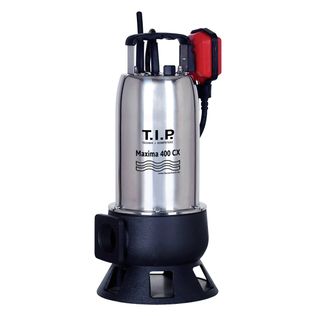

T.I.P. Maxima 24000
13 reviews
T.I.P. Maxima 24000
13 reviews
- Max. pump capacity: 24,000 l/h
- Max. delivery head: 9 m
- Solid particles: 35 mm
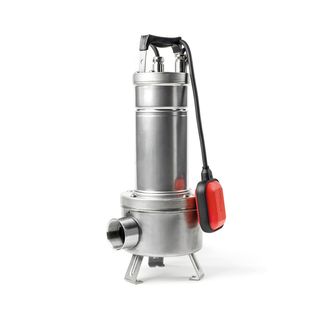

DAB Feka VS 750 M-A
0 reviews
DAB Feka VS 750 M-A
0 reviews
- Max. pump capacity: 24,000 litres per hour
- Max. delivery head: 9,6 metres
- Solid particles: 50 mm
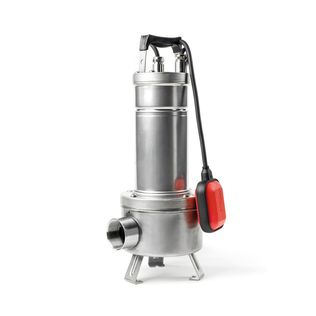

DAB Feka VS 1200 M-A
0 reviews
DAB Feka VS 1200 M-A
0 reviews
- Max. pump capacity: 33,000 litres per hour
- Max. delivery head: 14 metres
- Solid particles: 50 mm
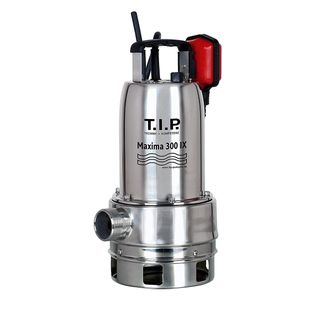

T.I.P. Maxima 18000
61 reviews
T.I.P. Maxima 18000
61 reviews
- Max. pump capacity: 18,000 l/h
- Max. delivery head: 8 m
- Solid particles: 30 mm
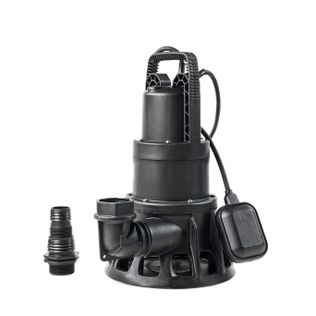

DAB Feka BVP 750 M-A
0 reviews
DAB Feka BVP 750 M-A
0 reviews
- Max. pump capacity: 23,400 litres per hour
- Max. delivery head: 11,9 metres
- Solid particles: 38 mm
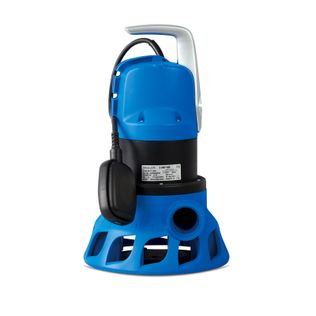

Tallas D-DWP 1000
0 reviews
Tallas D-DWP 1000
0 reviews
- Max. pump capacity: 19,200 litres per hour
- Max. delivery head: 11 metres
- Solid particles: 38 mm



 Situations in which dirty water pumps are used include locations where excavations are being carried out, and where groundwater has to be drained before work can be continued, such as construction sites but also in and around the house. However, submersible dirty water pumps are also perfect for use in gardens, crawl spaces, ponds, construction sites, flooded outdoor areas, the shipping industry, and so on.
Situations in which dirty water pumps are used include locations where excavations are being carried out, and where groundwater has to be drained before work can be continued, such as construction sites but also in and around the house. However, submersible dirty water pumps are also perfect for use in gardens, crawl spaces, ponds, construction sites, flooded outdoor areas, the shipping industry, and so on.